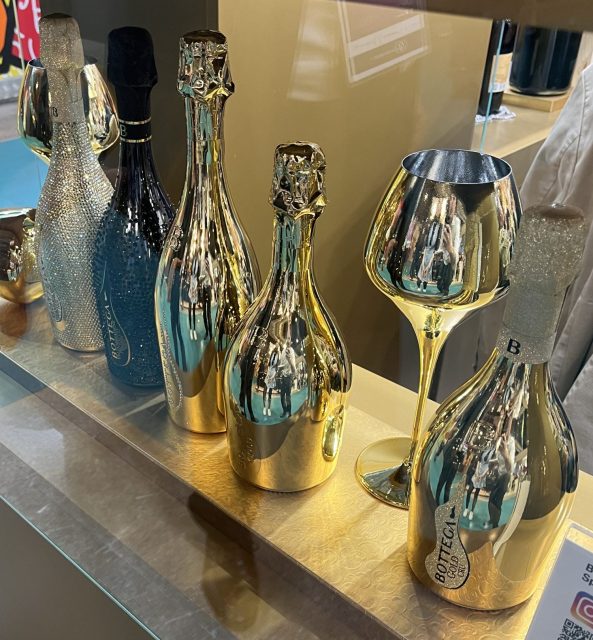Prosecco ‘more expensive to cultivate than Champagne’
Prosecco giant Bottega SpA has claimed that there should not be a price gap between the tank method Italian sparkling wine and Champagne.

Speaking with the drinks business at this year’s Vinitaly, managing director Sandro Bottega shared that the company’s goal was to “premiumise Prosecco”, prompting him to ask why prices for the wine were “so much lower than those for Champagne?”
According to the company’s analysis, Prosecco is actually “one of the rarest sparkling major wines in the world”.
While this may sound odd, given that Prosecco DOC produces around 616 million bottles per annum and Prosecco DOCG produced 90 million, Bottega suggested that if one looks at the size of the production zone, Prosecco comes from a smaller area (if one separates the DOC and DOCG): “8,000 hectares are cultivated for Prosecco Superiore, and 28,000ha for Prosecco DOC, whereas 34,000ha are cultivated in Champagne and 32,000ha for Cava.”
“It is much more expensive to cultivate in Prosecco than in Champagne, because the hills are very steep,” he added.
According to the data supplied by Bottega SpA, while the average land cost per hectare in Prosecco Superiore is €0.4 million, compared to €1.5m in Champagne, the processing cost per hectare is notably higher – €11,000 in Prosecco Superiore (€1.10 per kilogram of grapes), compared to €7,500 in Champagne (€0.75 per kilo of grapes).
Regarding the quality of the fruit, Bottega said: “The major parameters of alcohol, sugar, dry extract, acidity etc., are the same between grapes from Prosecco and Champange.”
As for once the grapes have been harvested and the wine made, Bottega argued that “the cost of materials – the bottle, the cork – is the same.”
Ageing potential
While most consumers pop open their bottle of Prosecco fairly promptly after purchasing it, Bottega suggested that high quality expressions of the wine can age for “at least 10 years”.
Partner Content
“We have done vertical tastings of our Prosecco, and everybody agreed that Prosecco can age for even longer than Champagne.”
According to Bottega, one of the key criteria that affects ageing potential is the length of the fermentation, something that the company has experimented with in its Gold Premium Project.
On the lower end of the range is the Gold Cru, an extra brut retailing for €29, that fermented for four-to-five months, actually slightly longer than planned because, as Bottega shared: “We didn’t have the label ready!”
The Gold Extra Brut (€36) fermented for at least six months, while the Gold Diamond (€49), Black Stardust (€89) and Gold Stardust (€180) all fermented for at least nine months. As for pairings, Bottega suggested that they could complement dishes as varied as sushi and fruit salad.
“I don’t think that anybody has made a quality Prosecco like this,” he suggested.
Changing mindset
Given that consumers associate Prosecco with cheap and cheerful fizz, persuading them to fork out more than £150 on a bottle might seem like an unusual strategy, but Bottega expressed his belief that it is about educating on what, and how, to drink.
He also suggested, regarding the hot topic of Gen Z shunning alcohol, that he doesn’t think it’s quite as clear cut as young people abstaining altogether: “I’m not so sure, many drink a lot. We need to teach them to drink responsibly, not to drink too much on Friday and Saturday, and maybe Sunday, but to drink a little bit everyday.”
“What we want to do is to invest in the media and social media in order to convey this information,” he concluded.
To read about the 8½ Italian wine trends that emerged from this year’s Vinitaly, click here.
Related news
Non-vintage is ‘putting together a puzzle’ says Champagne Lallier




